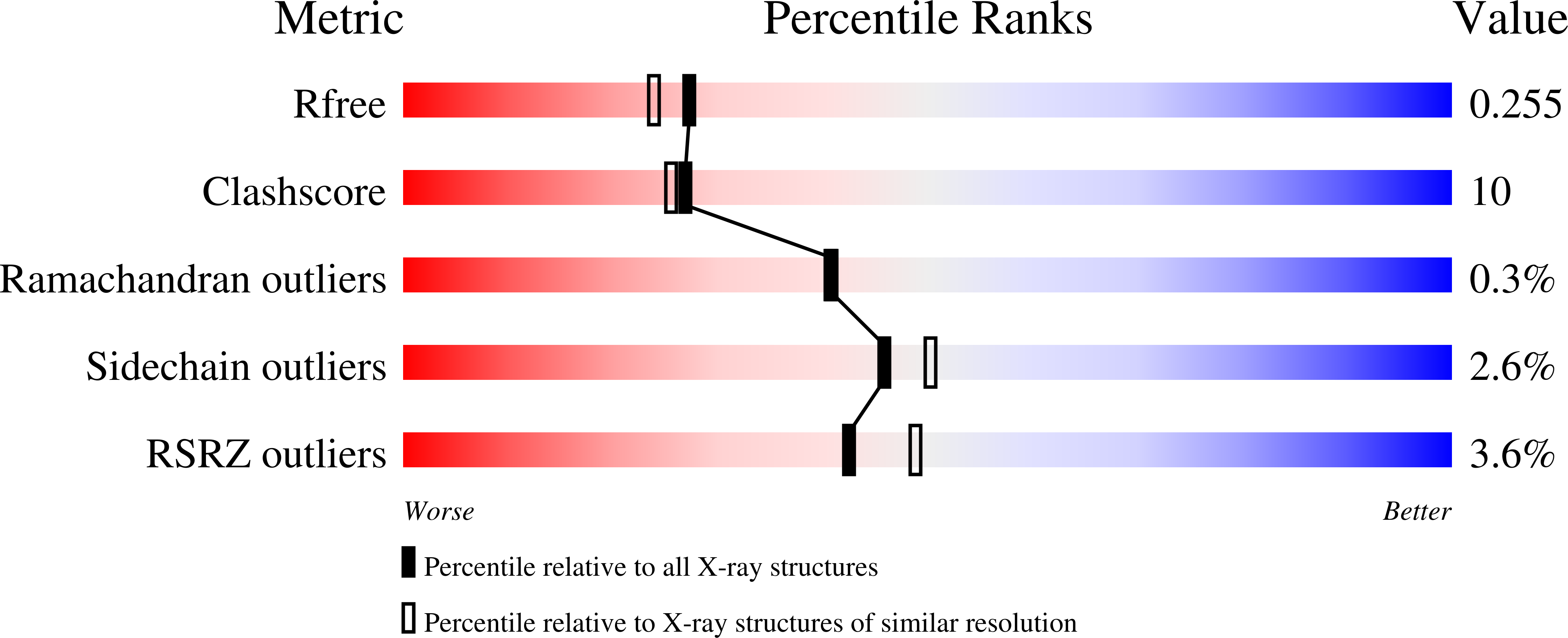
Deposition Date
2009-02-04
Release Date
2010-02-09
Last Version Date
2024-10-09
Entry Detail
Biological Source:
Source Organism:
Aeromonas hydrophila (Taxon ID: 644)
Host Organism:
Method Details:
Experimental Method:
Resolution:
2.10 Å
R-Value Free:
0.26
R-Value Work:
0.21
R-Value Observed:
0.21
Space Group:
C 1 2 1


